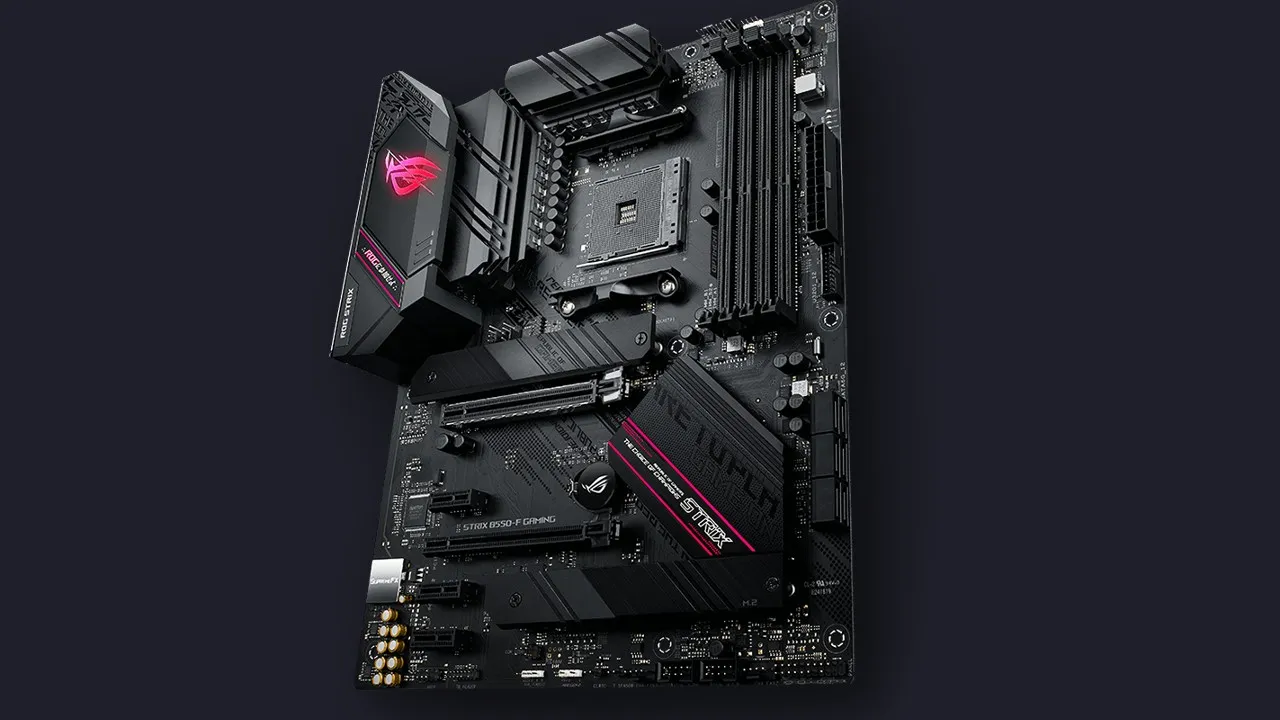
PCIe 4.0 is the current standard connection type for most computer components released today, but what is it, and how does it compare to PCIe 3.0? This guide delves into everything you need to know about the 4th generation of PCI Express and beyond.
Recommended Videos
What does PCIe mean?
PCIe (sometimes known as PCI-Express) stands for Peripheral Component Interconnect Express. It’s a connection avenue between a computer’s motherboard and a peripheral, such as a graphics card or SSD. If you’ve ever switched out a graphics card in your gaming PC, you will have placed it into a PCIe slot.
How is PCIe 4.0 different than PCIe 3.0?
The key difference between PCIe 3.0 and PCIe 4.0 is speed. PCIe 4.0 boasts double the transfer rate (GT/s) of 3.0, which means faster communication between your system and peripherals. Like 3.0, PCIe 4.0 supports up to sixteen lanes.
- PCIe 3.0: Up to 8 GT/s per lane
- PCIe 4.0: Up to 16 GT/s per lane
Is PCIe 4.0 backwards compatible?
PCIe 4.0 is backwards compatible with PCIe 3.0 devices, though you won’t be able to enjoy 4th-generation speeds. Slotting a 3.0 GPU into your motherboard’s 4.0 slot will still have a maximum transfer rate of 16 GT/s per lane.
What are PCIe lanes?
Lanes are the physical connection between the motherboard and a peripheral. Due to the amount of data needed, high-end graphics cards use sixteen lane slots (known as 16x), while a network adaptor typically only uses one.
Is it worth upgrading from PCIe 3.0 to 4.0?
If you’re looking to drastically improve your computer’s performance, upgrading from PCIe 3.0 to 4.0 likely isn’t the answer. If you don’t already have a PCIe 4.0 compatible GPU and CPU, you would need to purchase both of these on top of a new motherboard. Even then, you’re typically only looking at a 1-2% performance boost.
That said, choosing PCIe 4.0 (or even 5.0) components when building a fresh PC — or swapping your motherboard to take advantage of existing peripheral compatibility — is worth the slight performance boost and faster SSD speeds for hardcore gamers, editors, and 3D artists.
Which processors support PCIe 4.0?
11th-generation Core Intel processors and above support PCIe 4.0, along with the AMD Ryzen 3000, 5000, and 7000 series. The list of processors compatible with PCIe 4.0 is incredibly extensive and constantly growing, however. To find out if a CPU supports PCIe 4.0, look for “PCIE 4.0” or “Gen 4” in its specifications.
When is PCIe 5.0 coming out?
Believe it or not, we’re currently on the sixth PCIe generation. PCI.e 5.0 has been available since 2019, while PCIe 6.0 was released in 2022, though very few products on the market support anything above PCIe 4.0.
The first PCIe 5.0-compatible graphics cards are expected to be released in 2025, which is also, ironically, the expected release year for PCIe 7.0. Every generation doubles the previous transfer rate, placing PCIe 5.0 at 32 gigatransfers per second.
Should I wait for PCIe 5.0 before upgrading to 4.0?
With current technology, PCIe 4.0 is more than enough for the observable future. By the time PCIe 5.0 components are available and properly utilized, PCIe 6.0 motherboards will be aplenty. This situation is comparable to the price and content availability of 4K televisions when they were first released versus how they are today.
Key takeaways
To summarize, PCIe 4.0 is the latest (widely supported) high-speed connection standard for computer components. There’s no reason not to choose PCIe 4.0 if you plan to purchase a new motherboard or CPU, though most components don’t utilize its faster transfer speeds enough to see a significant performance boost.
- SEO Powered Content & PR Distribution. Get Amplified Today.
- PlatoData.Network Vertical Generative Ai. Empower Yourself. Access Here.
- PlatoAiStream. Web3 Intelligence. Knowledge Amplified. Access Here.
- PlatoESG. Carbon, CleanTech, Energy, Environment, Solar, Waste Management. Access Here.
- PlatoHealth. Biotech and Clinical Trials Intelligence. Access Here.
- Source: https://www.pcinvasion.com/what-does-pcie-4-0-mean-complete-guide/
- 16
- 2022
- 2025
- 237
- 250
- 3000
- 32
- 3d
- 4.0
- 4k
- 4th
- 5000
- 7
- a
- able
- About
- above
- ADvantage
- Affiliate
- along
- already
- also
- AMD
- amount
- and
- answer
- Anything
- ARE
- Artists
- as
- At
- audience
- availability
- available
- BE
- been
- before
- between
- beyond
- boasts
- Boost
- both
- Building
- but
- by
- card
- Cards
- choose
- Choosing
- coming
- commission
- Communication
- comparable
- compatibility
- compatible
- complete
- components
- computer
- connection
- constantly
- content
- Core
- CPU
- Current
- currently
- data
- delves
- difference
- different
- does
- double
- drastically
- due
- e
- Earn
- editors
- enjoy
- enough
- even
- EVER
- Every
- everything
- existing
- expected
- express
- extensive
- false
- faster
- find
- First
- For
- fresh
- from
- Gamers
- generation.
- GPU
- graphics
- Growing
- guide
- hardcore
- has
- Have
- High-End
- How
- however
- HTTPS
- i
- if
- improve
- in
- incredibly
- Intel
- into
- ironically
- Is
- IT
- ITS
- jpg
- Key
- know
- known
- latest
- like
- likely
- links
- List
- Look
- looking
- Market
- maximum
- May
- mean
- means
- more
- most
- need
- needed
- network
- New
- no
- not
- of
- on
- One
- only
- or
- our
- out
- PC
- per
- performance
- peripherals
- physical
- plan
- plato
- plato data intelligence
- platodata
- platogaming
- previous
- price
- Products
- purchase
- rate
- reason
- release
- released
- Said
- second
- see
- significant
- since
- site
- situation
- slot
- Slots
- small
- sometimes
- speed
- speeds
- SSD
- standard
- stands
- still
- such
- support
- Supported
- Supports
- swapping
- system
- Take
- Technology
- than
- The
- then
- These
- they
- this
- though
- Through
- time
- to
- Today
- top
- transfer
- true
- type
- typically
- up
- use
- uses
- utilize
- utilized
- Versus
- very
- wait
- was
- we
- were
- What
- What is
- when
- while
- widely
- will
- with
- worth
- would
- year
- you
- your
- zephyrnet












